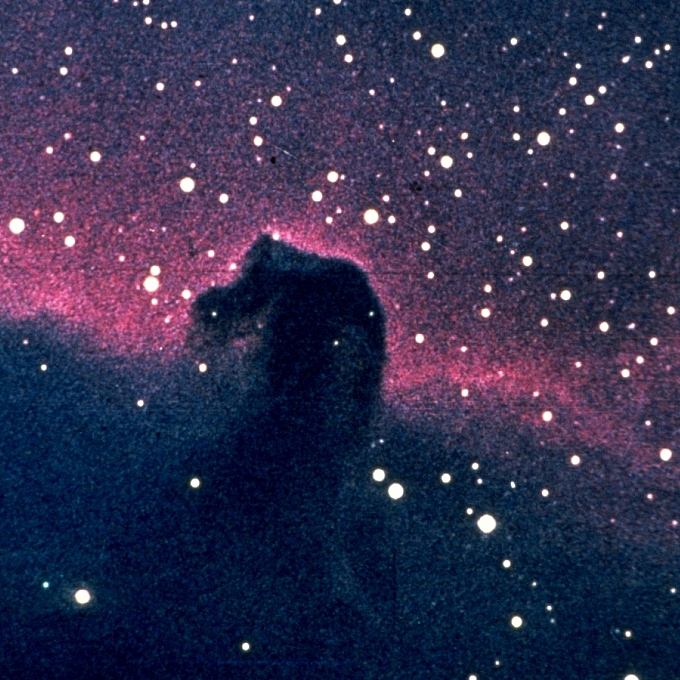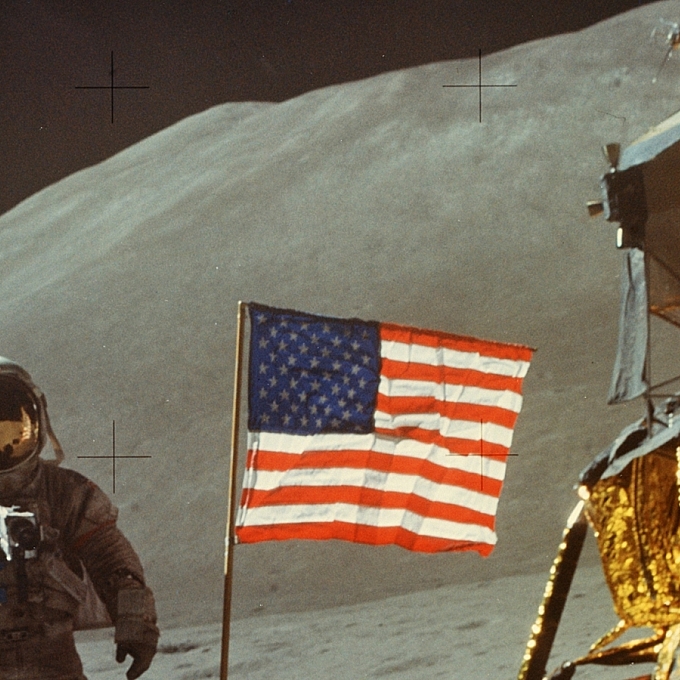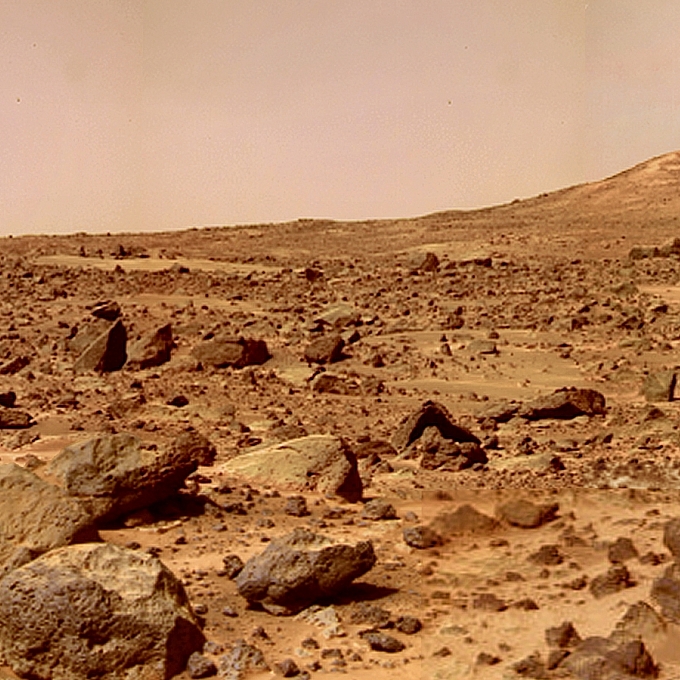
Space Imaging
Milestones in Space Exploration
Kodak teamed with NASA on space science and remote sensing missions for more than 40 years.
When John Glenn became the first American to orbit the earth, Kodak Film recorded his reactions to traveling through space at 17,400 miles per hour. When Glenn returned to space more than 35 years later, he operated a modified Kodak Digital Camera to document the historic space shuttle mission

The company was involved with other historic moments as well.
In the mid-sixties, NASA launched a series of five Lunar Orbiter spacecraft that collectively photographed 99% of the moon's surface in preparation for an Apollo moon landing. Each carried an ingenious photographic system, designed and built by Kodak. The system took photographs, processed and scanned the film, and converted imagery into a continuous video signal for pickup by Kodak-built receivers on Earth. At that time, it was the most complex instrumentation payload ever launched aboard a spacecraft. In addition to medium-resolution images that were taken to analyze the moon's surface topography, the system took a number of high-resolution pictures that were clear enough to show objects the size of a card table on the surface.
KODAK Technology also went along on Apollo 11, with the first astronauts to walk on the moon. A special stereoscopic color camera built by Kodak enabled astronauts to photograph extreme close-ups of rocks, dust, and minute features of the moon's surface. The camera, about the size and shape of a large shoebox, was easily operated using a trigger on an extendable handle. This enabled an astronaut to operate it despite the limited mobility, dexterity and visibility caused by his pressure suit and heavy gloves. Photos of the lunar soil taken by Neil Armstrong enabled scientists to see soil particles smaller than two one-thousandths of an inch.

The company's high-resolution image sensors were the "eyes" of the Sojourner Rover that traveled the surface of Mars in 1997 during NASA's Pathfinder space mission. These sensors enabled the Rover to see its way across the rough Mars terrain and capture color images of the Martian ground and soil.
Kodak provided precision optics for the Chandra X-ray Observatory. Since its launch in 1999, Chandra has captured images of deep space phenomena like black holes and hot gas clouds in galaxy clusters -- giving astronomers unprecedented information about our universe.
Given Kodak's desire to focus more closely on its core markets, the company sold its Remote Sensing Systems operation – which served NASA and the aerospace industry – to ITT Industries, Inc., in 2004.